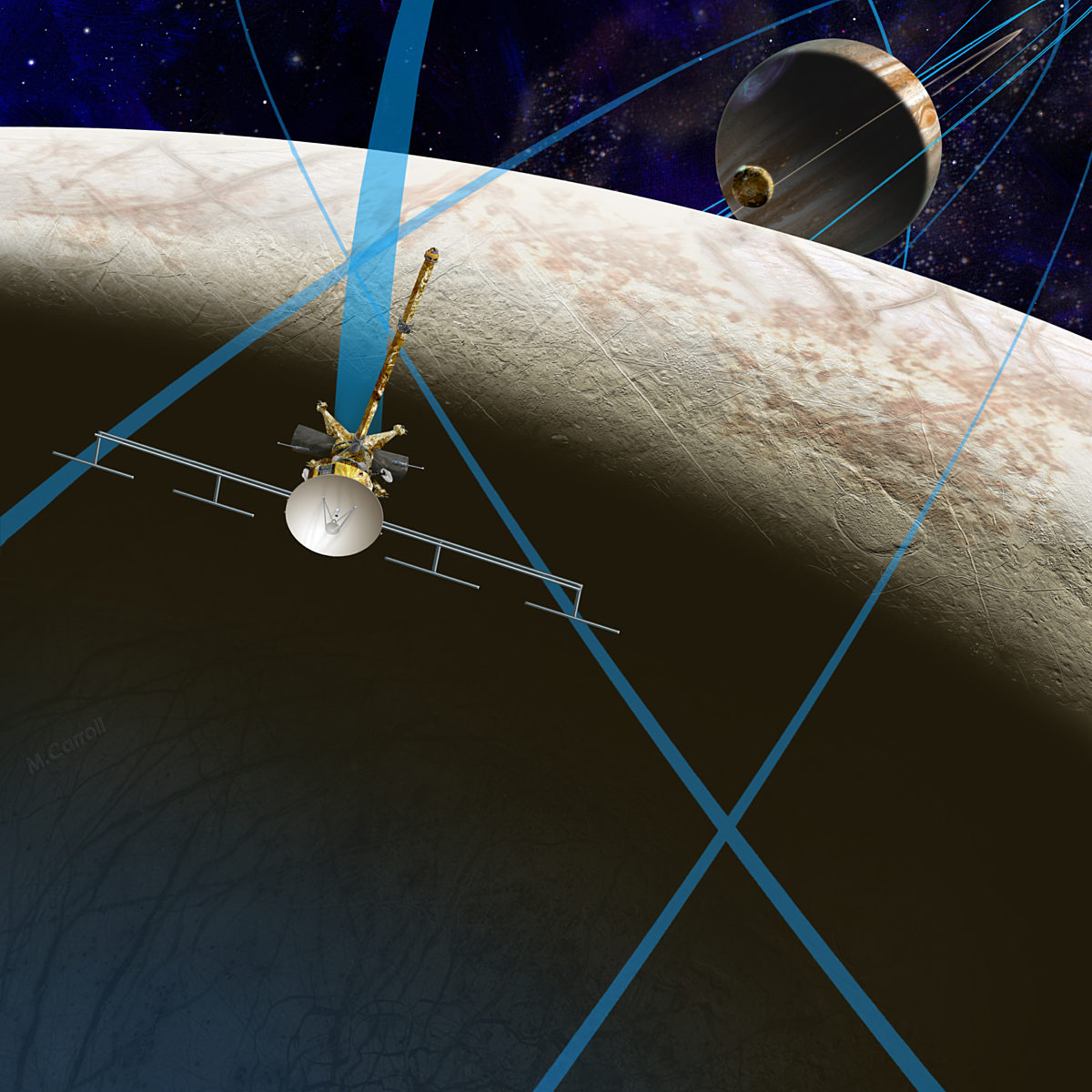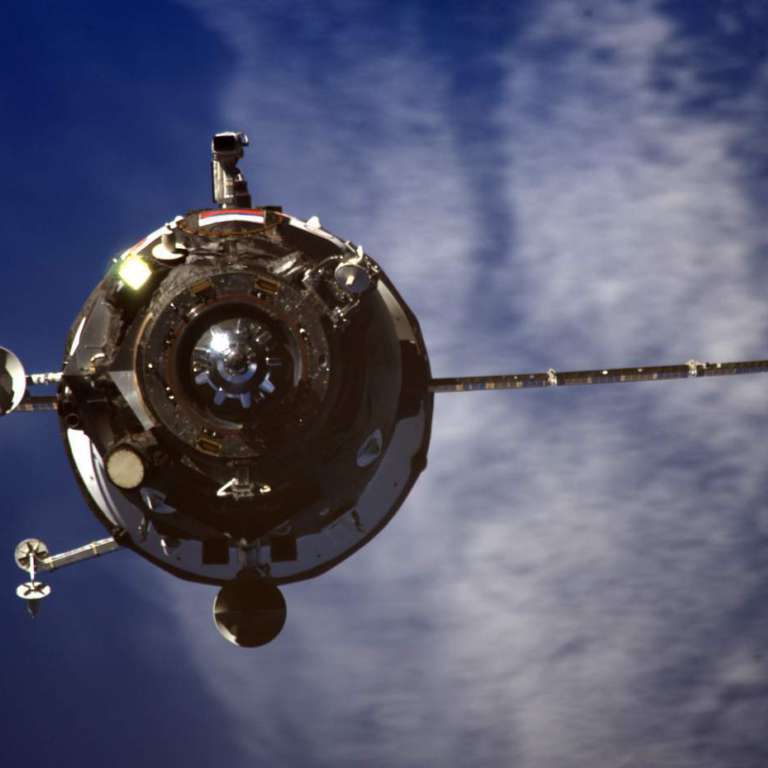All
All
Stories, updates, insights, and original analysis from The Planetary Society.
Does NASA get its money's worth for Antares-Cygnus flights?
Despite being funded to fill a perceived gap in U.S. launch capabilities, Orbital ATK's Antares rocket has yet to find a customer besides NASA. Did the space agency get its money's worth?
Planetary Science Just Got Its Best Budget in Years
The President signed the Consolidated Appropriations Act of 2017, funding the U.S. government for the remainder of the fiscal year. NASA got a boost to $19.65 billion, and its Planetary Science Division saw a budget increase to $1.846 billion—its best budget in more than ten years.
NASA unveiled new plans for getting humans to Mars, and hardly anyone noticed
NASA revealed its most concrete plan yet for sending humans back into deep space, centered around a small lunar space station and a reusable transport ship to carry astronauts to Mars and back.
Here's our exhaustive guide to Trump's 392-word NASA budget
We break down every sentence from Trump's new NASA budget, so you don't have to.
Postcard from Kentucky: Space in the Bluegrass State
In Kentucky, some very driven people are writing their own chapter of space exploration based on vision, entrepreneurial risk, and scientific and engineering know-how. Wayne Hall shares their stories.
Trump's first budget proposal is out. Here's how NASA fared
NASA escaped a large-scale budget slash, and planetary science fared well. ARM is canceled, the Moon-versus-Mars debate is not mentioned, and Earth science stands to lose some missions.
Explorer of Enceladus and Titan
For the third time in less than a decade, scientists have proposed a multiple-flyby mission to explore the habitability of Saturn’s ocean moons Titan and Enceladus.
Let's talk about this whole Moon vs. Mars thing for human spaceflight
NASA's current human spaceflight goal is Mars, but the Trump administration could change that to the Moon. Is that a good idea? Here's an in-depth look at the differences in science gain, the arguments for and against a potential commercial market, and whether or not the technological and operational challenges required to reach the Moon apply to Mars.
Here's what history has to say about when Trump's NASA administrator will take office
This Friday, Charles Bolden resigns as NASA administrator after a stint of 2,744 days. Robert Lightfoot, the agency's highest-ranking civil servant, will take over as acting admin. How long will Lightfoot serve? If history serves as a guide, it could be a while.
Blitzing Congress for NASA
Last February, a group called the Space Exploration Alliance held their annual
China outlines its space exploration ambitions
China released a new white paper on its policy and activities in space, outlining ambitious deep space exploration, human spaceflight and space science projects as major priorities for the years up to 2020 and beyond.
Lunar orbit beckons: NASA’s next four years of human spaceflight
Our six-part Horizon Goal series concludes with a look at the future of NASA's human spaceflight program. As NASA prepares to set up shop beyond low-Earth orbit for the first time since 1972, are changes coming for the agency's Space Launch System rocket and Orion crew capsule?
Congress Delays Action on NASA's 2017 Budget
Congress stands ready to punt on NASA's budget, meaning the space program will have to operate on a short budgetary leash until April of next year.
European Space Agency Announces Budgetary Commitments
ESA has committed to continuing its ExoMars programme and participation with the International Space Station, but cut funding for its Asteroid Impact Mission.
ISS-bound Progress spacecraft fails to reach orbit, breaks apart over southern Siberia
This morning's launch of an uncrewed Russian Progress cargo spacecraft to the International Space Station went awry. Following a third-stage failure, the vehicle reentered Earth's atmosphere and broke apart over southern Siberia in Russia.
Rocket Road Trip: Watch a new video series on NASA's human spaceflight program
The Planetary Society debuts a new, five-part video series on NASA's human spaceflight program. We went on a 10-day, 450-mile journey throughout the southern U.S. to see how the agency is preparing to send humans beyond low-Earth orbit for the first time since 1972.
NASA Under Trump
NASA under a Trump Administration will be hard times for Earth Science, and human spaceflight to the Moon will likely get renewed focus. However, NASA won't go anywhere if massive cuts to spending are enacted as promised.
An international outpost near the Moon gets closer to reality
International Space Station (ISS) project partners are inching ever closer toward an agreement to begin the development of a new human outpost in the vicinity of the Moon. If successful, the cis-lunar space station (a space station in the vicinity of the Moon) will be the largest international space project to date, influencing the direction of human space flight for decades to come.
The flexible path to Mars: SLS, Orion and NASA’s Asteroid Redirect Mission
Since 2011, a once-in-a-generation transformation has been sweeping through NASA's human spaceflight centers in preparation for the era of SLS and Orion. How have the programs fared, and what first steps is NASA taking as it prepares for the journey to Mars?
ESA opens its ears to citizens of Europe
In September, the European Space Agency gathered 2,000 people around the continent to discuss their future in space.


 Explore Worlds
Explore Worlds Find Life
Find Life Defend Earth
Defend Earth


 Sun
Sun Mercury
Mercury Venus
Venus Earth
Earth Mars
Mars Jupiter
Jupiter Saturn
Saturn Uranus
Uranus Neptune
Neptune Small Bodies
Small Bodies

















